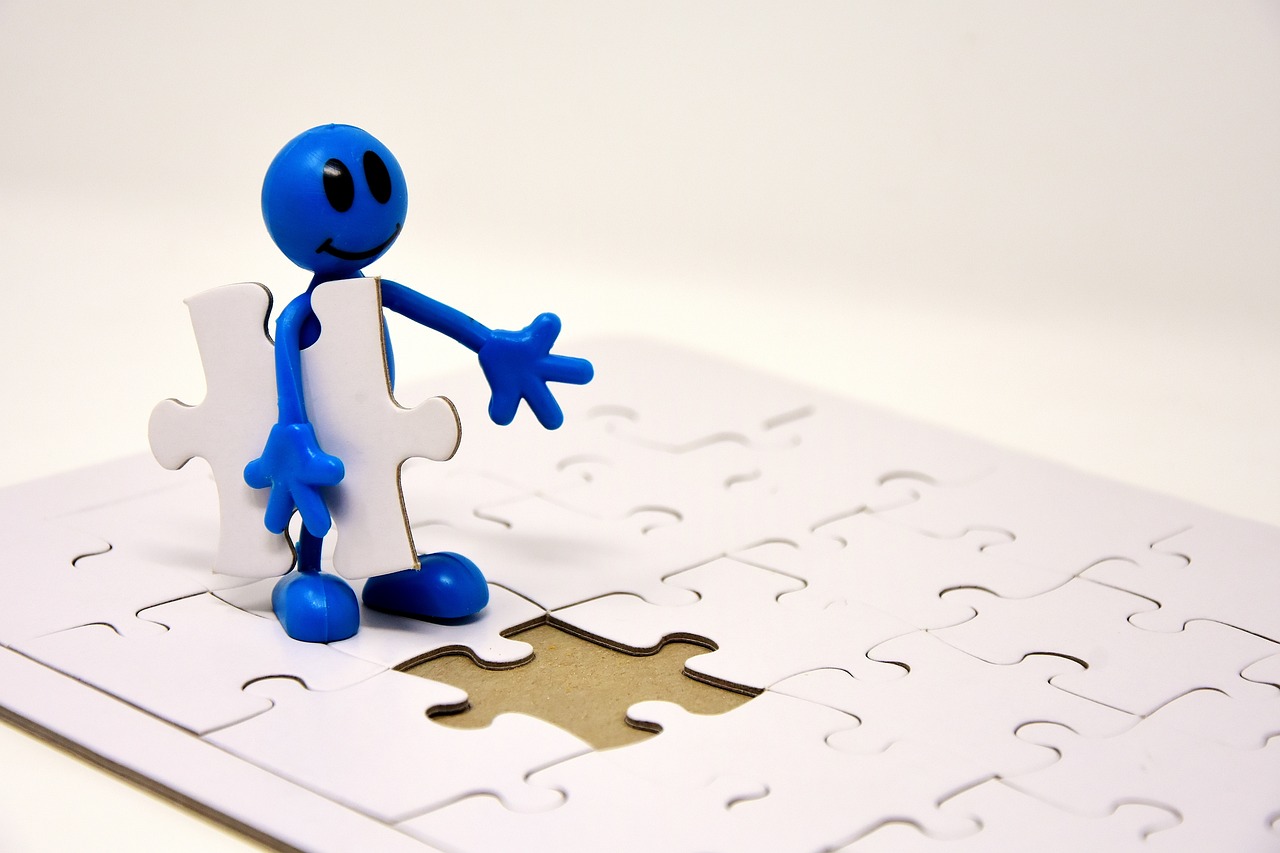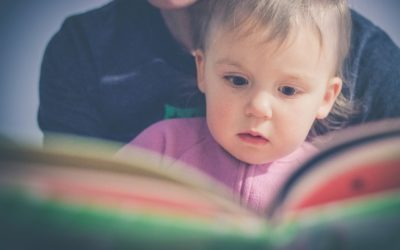I have often considered myself to be an “in-betweener” or what I would call a floater.
This stems from the fact that I find myself moving between things and often feeling like I don’t really belong to any definitive group or category. I find myself hovering, oscillating, and uncertain of where I stand. It’s as if one foot is here, and the other foot is not sure where it wants to be or go.
This in-between feeling was sometimes all consuming. It felt like it was all of me and that it defined my identity. Like my pain and my anxiety, these were just a few of the different aspects of myself that I not only disapproved of but oftentimes hated and usually wanted to get rid of. They made me feel heavy and depleted—disempowered and defeated.
The Practical Tanya, Part One, The Book for Inbetweeners, is the foundational text of the Chabad movement and its Chassidic philosophy. It speaks of the inbetweener as one who experiences an ongoing internal struggle between his/her Divine and Animal Souls, between two opposing inclinations that battle for dominance, daily.
I believe that it is the struggle—this in-between feeling—that defines what it means to be human. Here are some examples of my personal struggles with “betweenness.” You may recognize some of these in yourself.
In-Between Mental and Emotional States
Mentally, I notice myself sitting between stories—between my old, new, and often competing internal narratives. For this reason, I frequently experience this feeling of cognitive dissonance or mental confusion and contradiction around what I believe to be true. For example, what story am I attending to at this moment: my unconditionally worthy (new) story or my worthy-contingent (old) one?
Emotionally, I recognize that I frequently hold two emotions at one time, sitting between feelings. On the one hand, I’m feeling sad and almost grieving about a particular circumstance. Yet, on the other hand, I am grateful for the resources sent my way to help me navigate this challenging circumstance.
In-Between Physical and Social States
Physically, I find my body moving between pain states. On some days, the pain is more present and prevalent; on others it is more of a background hum. And my mind and heart typically follow the direction of the pain’s intensity, shifting between highly empowering thoughts and feelings and less empowering ones.
Socially, I recognize that this in-between feeling extends into my interpersonal relationships and friendships. I often observe myself as someone who does not seem to belong. I sit between friend groups, missing my old high school friends, trying to fit in with my husband’s social sphere, and attempting to belong with the religious Jewish women with whom I study.
In-Between Spiritual Spaces
Spiritually, I too acknowledge my “betweenness.” I currently sit between traditional Judaism and my deep love for Chassidic Judaism with all its deep insight and wisdom into daily Jewish living. And although these days my relationship with G-d is non-negotiable and certain, until recently, I was moving between having an intimate relationship with G-d and with not believing that I was worthy of having one at all.
The Healing Power of Internal Family Systems (IFS)
As an author, speaker, and coach, I am always looking to build new curriculum. But first and foremost, as a human being, I am always looking to heal. And this past year I was led to an incredible healing modality called Internal Family Systems (IFS).
Briefly, IFS is a tool that helps us to build self-awareness, and it does so by teaching us that our mind consists of multiple “parts” and that every part has a voice that is worthy of being seen, heard, and understood. One of its key principles is that there are “no bad parts,” and we can ultimately learn how to connect with ALL of our parts to “self-lead” them in a healthy manner.
Self-Awareness and its Ripple Effects
Studying IFS continues to lead me to profound self-awareness. I am learning how to better understand my mind and all its parts, my emotions and how they express themselves physiologically, the energy of my body and the sensations it offers, and my soul and its deep yearnings.
What is very special about self-awareness is its inherent ripple effect. Becoming “self-aware” helps you to become more “other-aware” and more “spiritually-aware.” When we can better understand our parts, we can better understand the parts in others. And just as we can learn how to approach our parts with compassion, we too can see the parts in others through that same compassionate lens.
What has been most life-altering for me of recent has been being able to understand and uncover my “curious part.” This part allows me to notice and meet my “other” parts as they arise, usually when I am triggered or in a state of physical pain and/or emotional distress. It offers perspective and helps me see the bigger picture with greater clarity.
Another Perspective
I no longer consider ALL OF ME to be an in-betweener/floater, but rather understand that there is a PART of me that takes on this role and is learning how to share in a curious dialogue. I have offered that part of me a new perspective on “betweenness,” which sounds something like this:
Sitting between mental, emotional, and physical states, between social and spiritual spaces means I am inherently growing and unconsciously driven towards expansion, healing, and evolution.
Mentally, the old and new narratives need to coexist as new neural pathways are being created. It need not feel chaotic if we learn how to open a dialogue between them. Emotionally, it speaks to the paradox of life, and we are constantly learning how to hold the tension between opposites. Physically, this betweenness indicates that healing is not a linear path but rather a spiral staircase. Spiritually and socially, when you redefine your priorities sometimes that means redefining your belief systems and your friend groups.
Feeling Lost and Being Found
There is also a part of me that is constantly striving to be more and do more. This “lifelong student” part of me is forever questioning, clarifying, and seeking. Because of this, there will always be a part of me that is feeling between things, perhaps moving between feeling lost and being found, between not knowing and learning. It’s a bit like playing hide and seek with yourself.
The Practical Tanya has been referred to as “the tale of two souls” as it is guiding us on how to understand the relationship between two integral parts of our being, our Animal and Divine Souls, and how these parts coexist and drive our thoughts, speech, and action. Like IFS, it is a beautiful tool for developing self-awareness.
Connect and Communicate
Beyond awareness, what I most appreciate about IFS is that it helps to build self-leadership so the mind, body, and soul can feel like an internal family system. And ultimately, we can feel aligned and whole—curious and connected—to all our parts.
The systems that work best in life seem to be the ones where there is healthy connection and communication between parts. The same goes for families. When parents and children are self and other-aware and can communicate from that place of compassion and curiosity, we create healthy families.
Trauma and Healing
I encourage you to study this model and discuss it with your family and friends. This is one tool that I truly believe can act as an aid or a possible antidote to the emotional brokenness and dysfunction that is prevalent today. We are clearly in the middle of a mental health crisis, and we need to find more ways to heal. It is one thing to cure a physical ailment and quite another to heal an emotional wound or what we call trauma.
The Tanya teaches us the importance of creating a dialogue between our soul states so we can learn how to elevate and refine our Animal Soul and bring it into a Divine or Godly purpose, thereby integrating the two parts. Many of us are pulled away from our Divine Soul by our Animal Soul because of trauma and psychic woundedness.
For decades now, it has been scientifically proven that the mind and body are interconnected, so healing one heals the other. Building self-awareness is an important first step to healing internal struggles and trauma. This also helps the body to heal, especially from chronic illnesses.
Be sure to read my next month’s blog, which will delve deeper into this essential mind-body healing interconnection.
Sincerely,
Coach Terri






Beautiful reflections, Terri. Thank you!
Terri, I am absolutely blown away by your beautiful, meaningful and insightful words.
Understanding where we are NOW, where we are coming FROM helps us navigate more clearly the destination to which we are trying to reach.
I love how you bring Chassidut- Tanya and modern psychology together in such a clear and intelligible way.
I truly hope that your Blog reaches as many people as possible so that together we, our families and our world can begin to heal and grow.
Continued success in your blogging!!